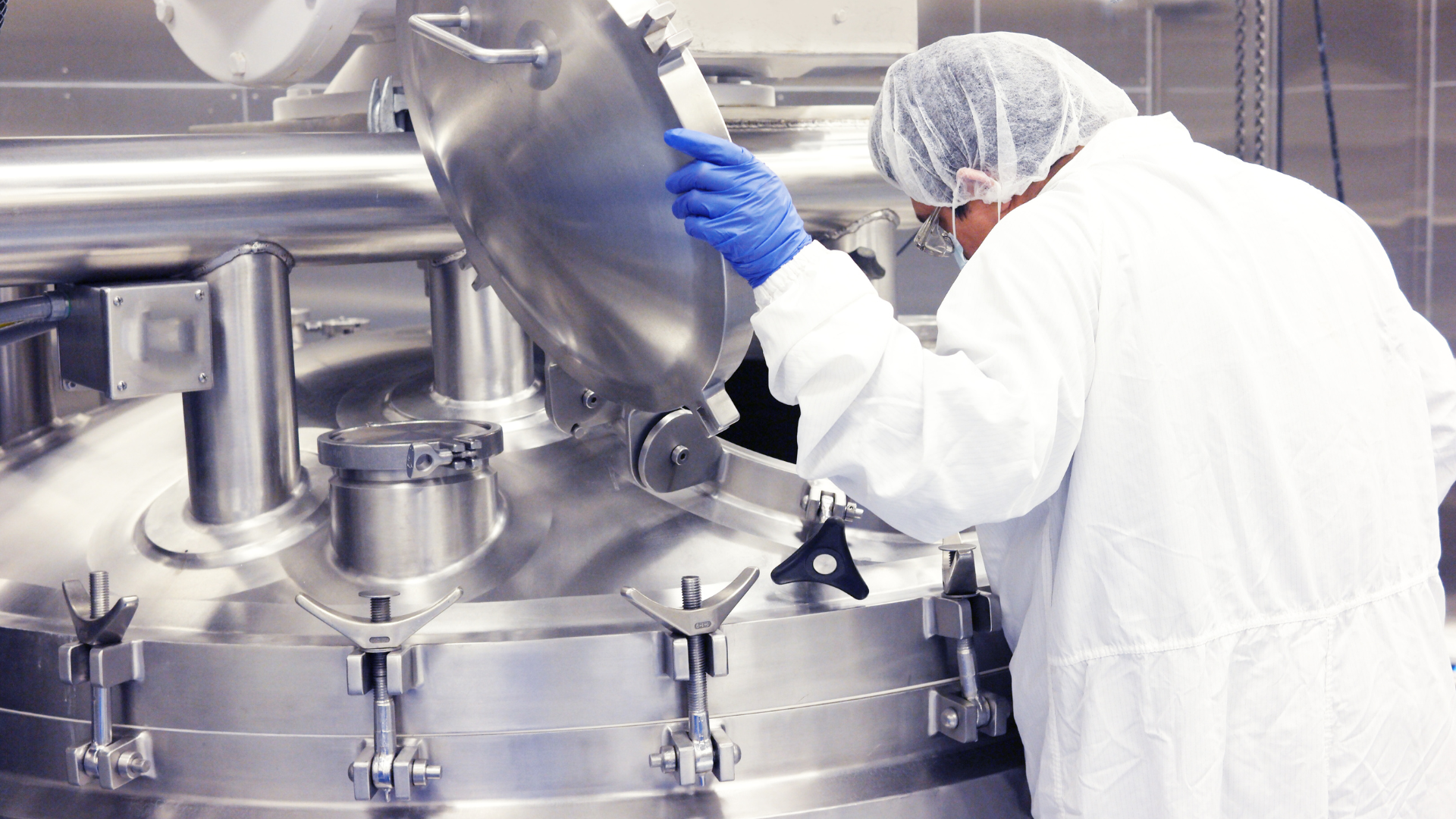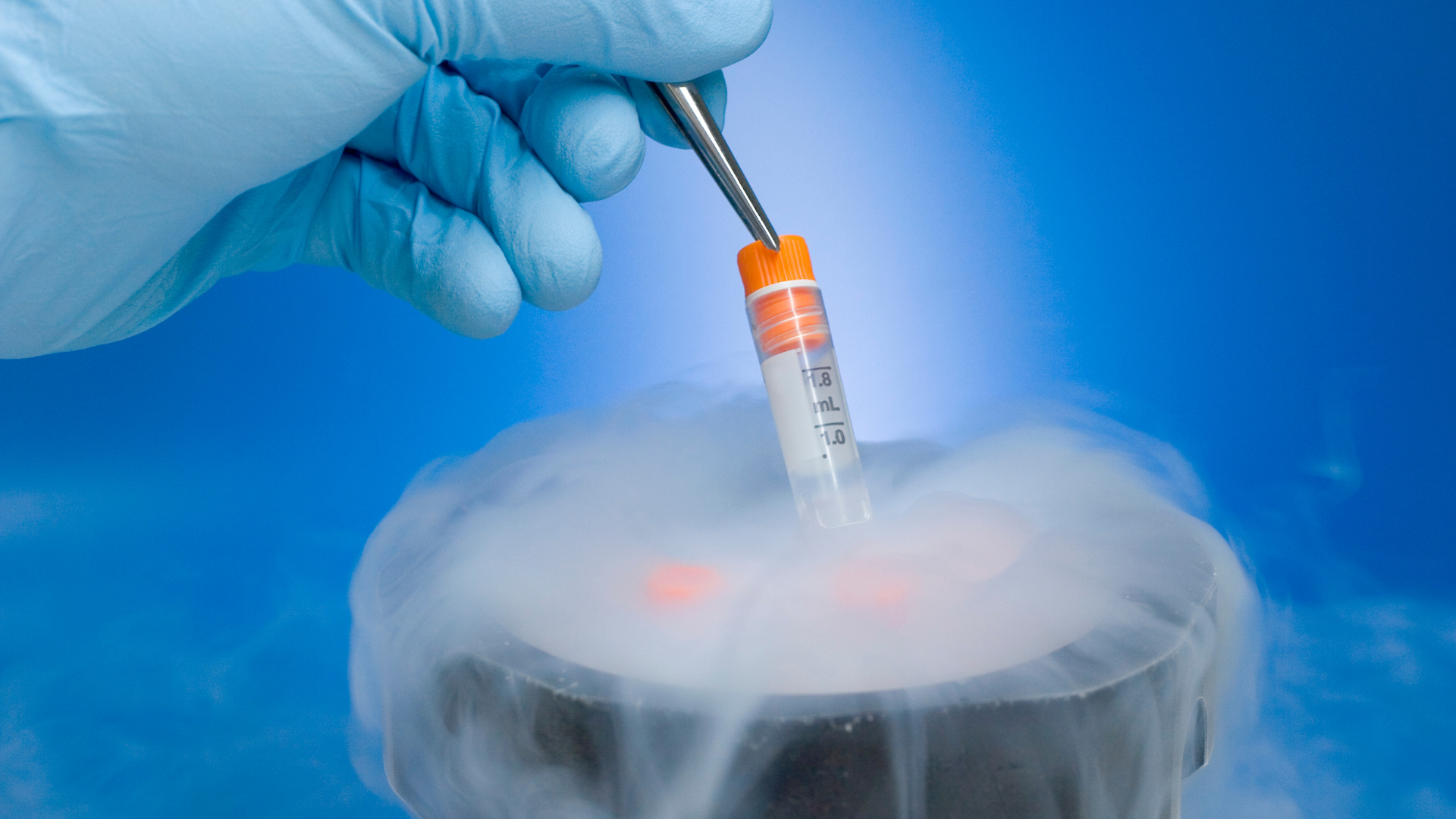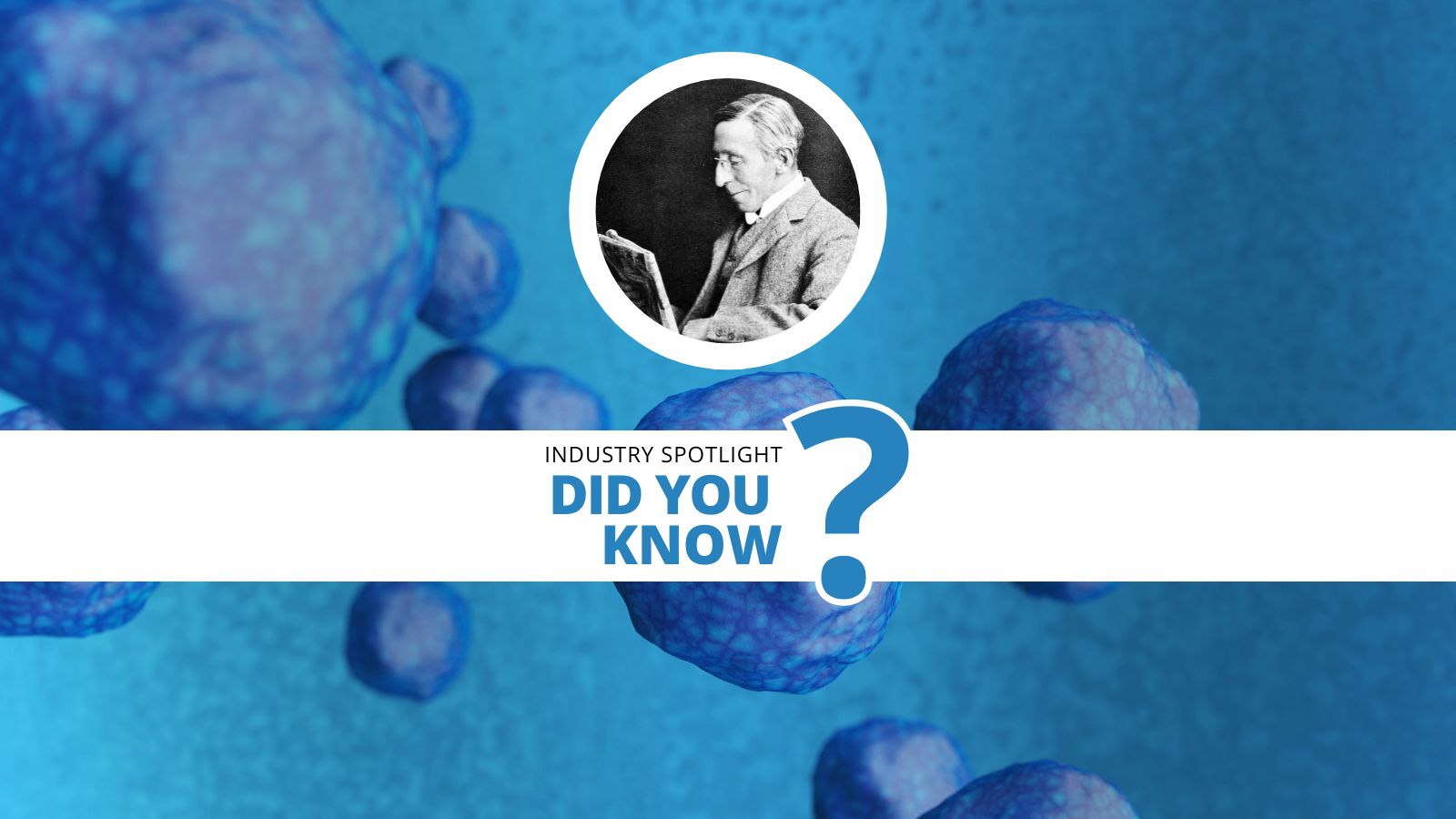3D Cell Cultures: From Disease Modelling to Toxicology
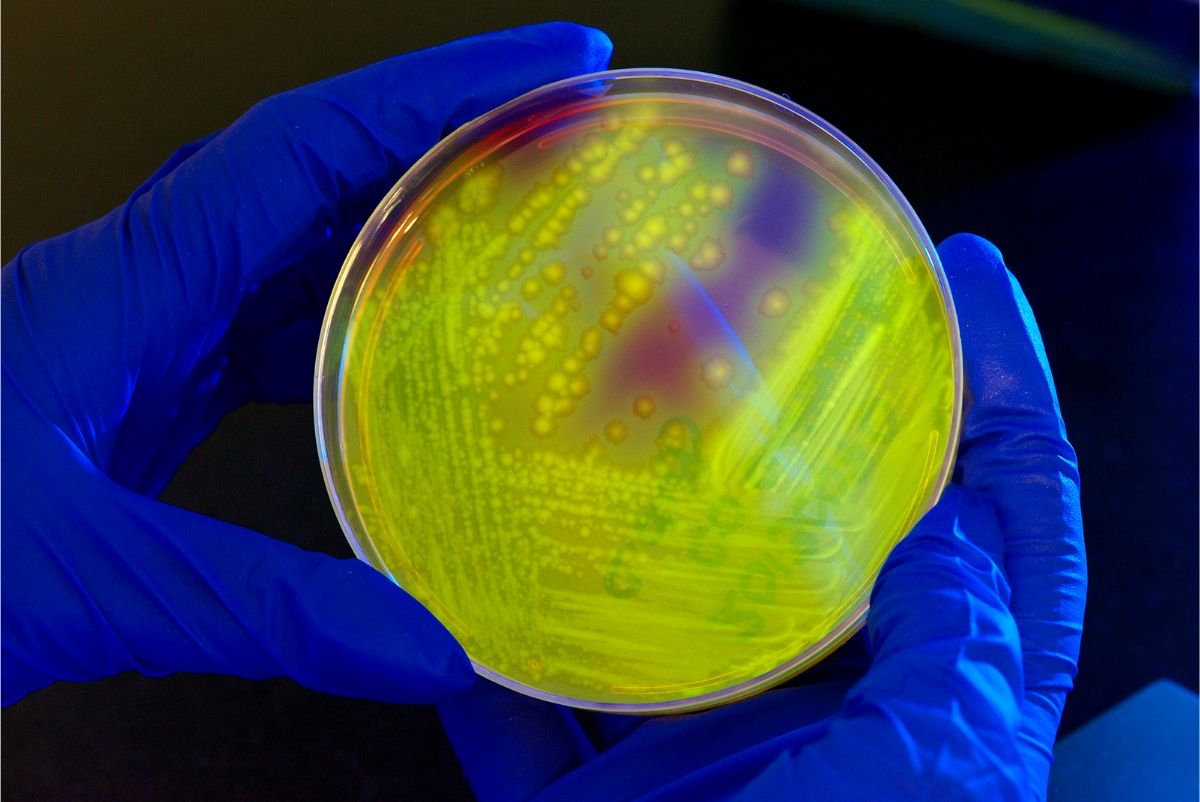
3D cell cultures are artificial environments where biological cells are permitted to grow or interact with their surroundings in three dimensions. They have been gaining significant traction within the pharmaceutical community as the technology facilitating their use and implementation has progressed. Some of their many potential applications include integration in disease modelling, personalised medicine, and organ-on-a-chip systems.
A panel at 3D Cell Culture 2023 hosted by Darius Widera, Associate Professor in Stem Cell Biology and Regenerative Medicine at the University of Reading, explored some of the plethora of use cases for 3D cell cultures. These ranged from the development of new drugs and pharmaceuticals to the development of synthetic meat. As 3D models are valuable tools for studying the efficacy and toxicity of potential drugs, they can provide insights into how drugs interact with cells in a more realistic tissue-like environment.
Advantages of 3D Cell Models over Other Approaches
Among the advantages offered by 3D cell models, one of the most significant is the enhanced physiological relevance they capture. 3D cell models do a better job of mimicking the complex cellular interactions of tissues in the human body than their 2D counterparts, providing a more accurate representation of cell behaviour. Stefan Przyborski, Professor of Cell Technology at Durham University and Chief Scientific Officer, Reprocell Europe Limited, highlighted a key benefit held over 2D cell models. In a 2D culture, cells become polarised as soon as they are laid out flat against a plastic surface.
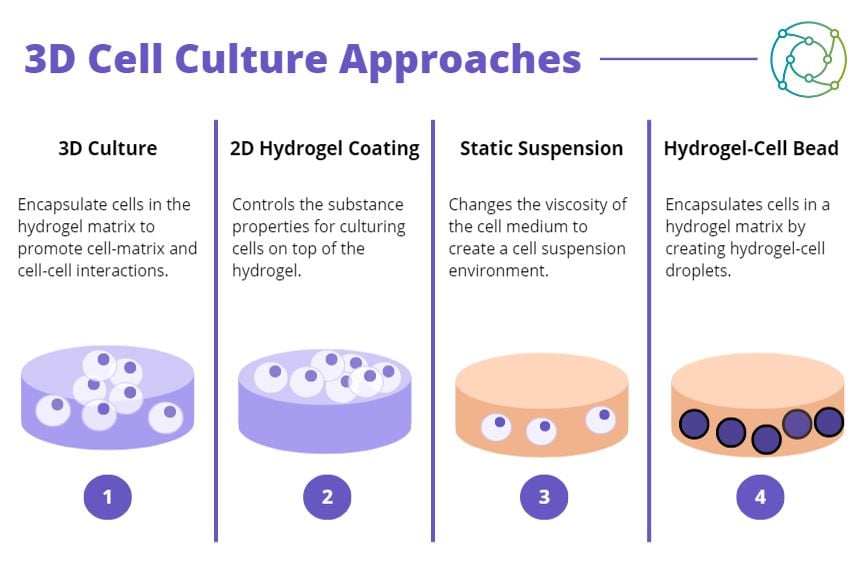
“Half of the cell is against plastic, half is against medium,” said Przyborski. “It changes its shape, which in turn impacts on gene transcription, protein translation, and therefore function.” While there are other hurdles associated with adopting 3D models, they do represent a higher degree of accuracy when it comes to recreating internal cell and tissue environments. “If you have the opportunity to utilise 3D technology then you should,” Przyborski added.
Simplification in Toxicology and High-Throughput Models
In the context of toxicology and preclinical safety, finding the simplest model to answer specific questions will go a long way towards helping the study in question. Benoit Fischer is a Senior Scientist at Novartis, and aims to strike a balance between simplicity and the ability to answer specific questions. “We really try to make things as simple as possible,” he explained of his own approach. “That's why we assess the ability of models from more simple to more complex to answer specific questions.” In order to do this, a ‘less is more' approach can help in not complicating a model once it has reached a workable point.
- Stem cells in space: IPSCs set to be manufactured aboard the ISS
- Cardiff University builds Lego 3D bioprinter capable of synthesising human skin
- Discovering new therapeutic targets with cancer organoids
When working with high throughput 3D cell cultures and 3D organoids, there are several main considerations for researchers to consider. “Every step of the permutations of these 3D models should fit with the high throughput,” said Fischer, “including the microplate format and the functionality of the slides.” Ideally, all steps should be developed for testing for high throughput, or for testing multiple compounds in parallel. Drawing on his own experiences, Fischer added that the most challenging aspect of implementing the process was building the cell culture itself. As a result, automation would be a big help for constructing future cultures.
Predicting the Physiology of Real Tissue for Disease Modelling
Regarding the predictability of 3D models, Przyborski noted that model accuracy is tied to predictions of anatomy and tissue physiology. In some areas of the pharmaceutical industry, there is an increasing effort to minimise the use of animals wherever possible. To facilitate this, 3D models are being assessed for their viability in generating data from in vitro studies. “In the next decade, one would expect to see really sophisticated bioengineered human models which are ultimately reflecting the physiological conditions of tissue which you can explore in a controlled environment,” said Przyborski.
“In the next decade, one would expect to see sophisticated bioengineered human models reflecting the physiological conditions of tissue.”
These 3D models exhibit reasonable accuracy for extrapolation into a number of human conditions. While they cannot match the sophistication of the internal environment of a human being, 3D models represent a viable means of exploring new therapeutics in the initial stages of development. “If we can progress our in vitro models then we're on the right path for speeding up the discovery process and enabling new actives and drug entities to get closer to the clinic,” Przyborski continued.
Challenges and Future Considerations for 3D Cell Cultures
While 3D cell models offer several interdisciplinary advantages, they are also constrained in some cases by the fact that the field is still relatively new, and there may be scenarios where 2D models are better suited to the specific use case. 2D cell cultures have been extensively studied and standardised for many years, whereas 3D cell models are both novel and more diverse. Additionally, some research questions may not require the complexity of 3D models, particularly if the focus is on studying a particular molecular pathway or cellular mechanism that can be captured in two dimensions.
One important consideration for any team considering its options for cellular modelling is that the 3D cell culturing field is still in its infancy. In the context of Parkinson's and Alzheimer's disease models that use IPSCs, patient cell lines could help in developing the understanding around disease pathologies. Most issues encountered in modelling can often be broken into engineering problems or biological limitations. While there are significant constraints to some aspects of IPSC development and 3D cell culturing at present, there is every likelihood that these constraints can be resolved with further tinkering.
Want to receive the latest industry announcements on cell manufacture and development? Sign up for our Cell series newsletter to get up-to-date news each month. If you'd like to know more about our upcoming 3D Cell Culture conference, visit our event website to download an agenda and register your interest.





